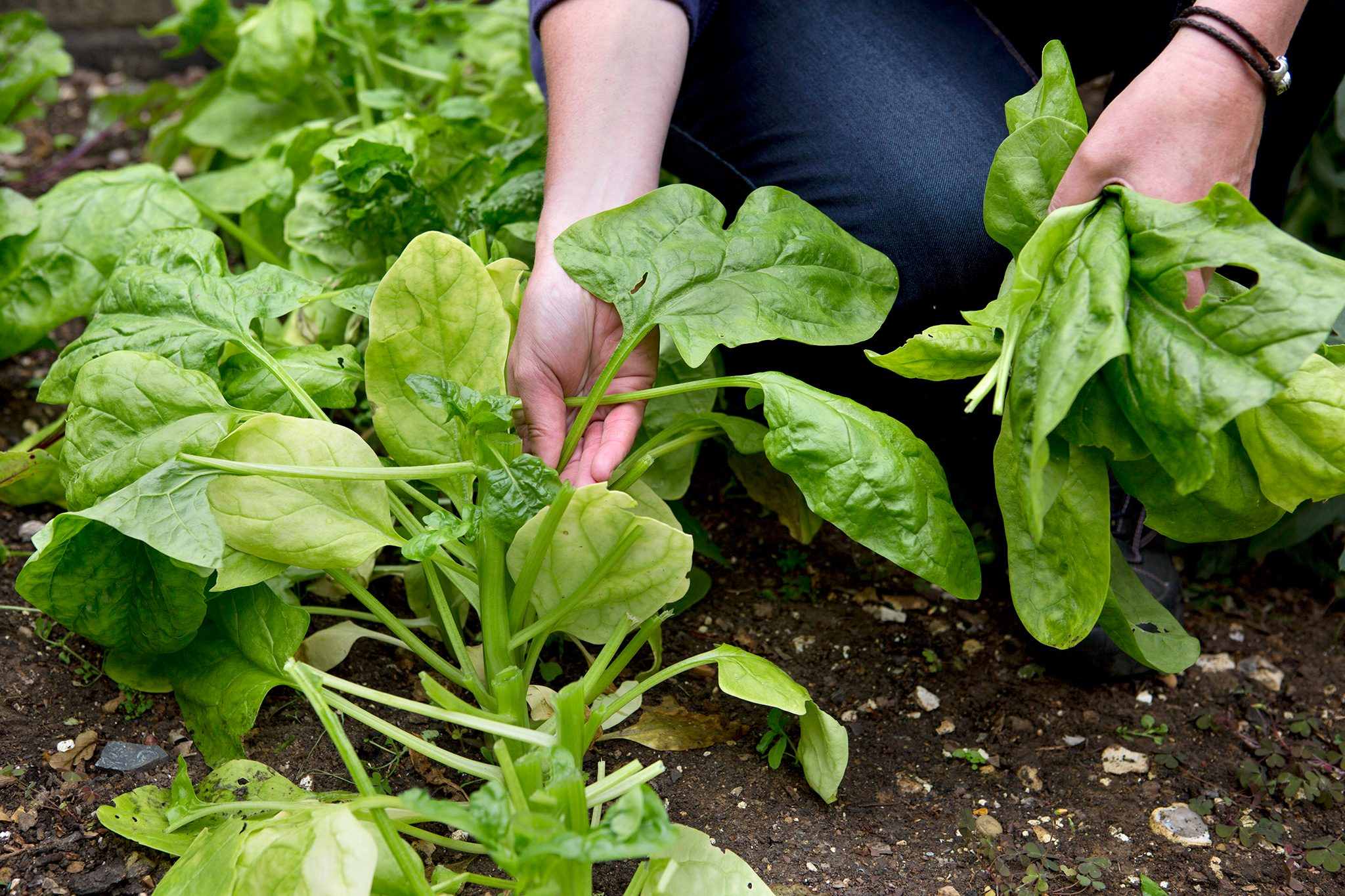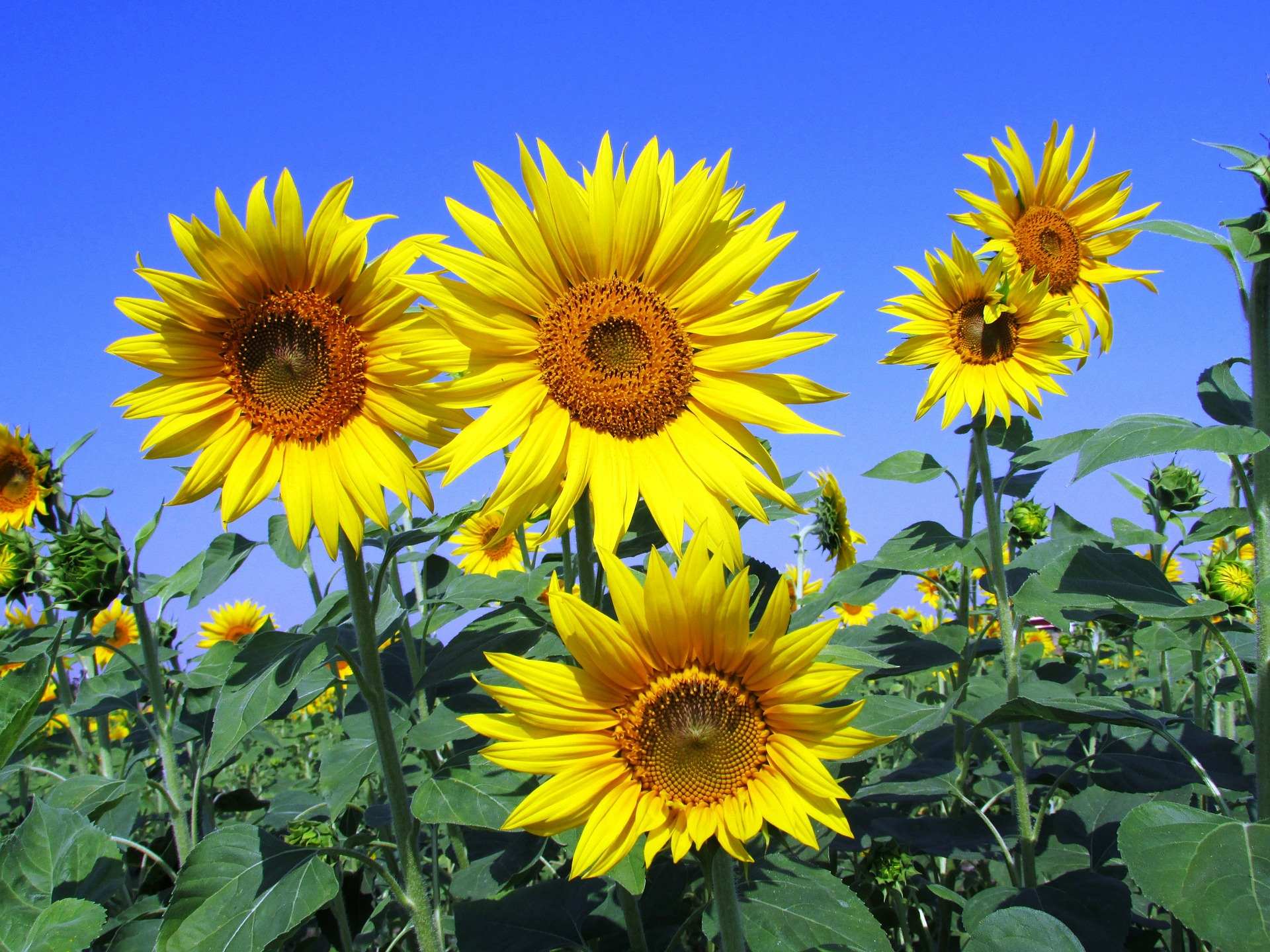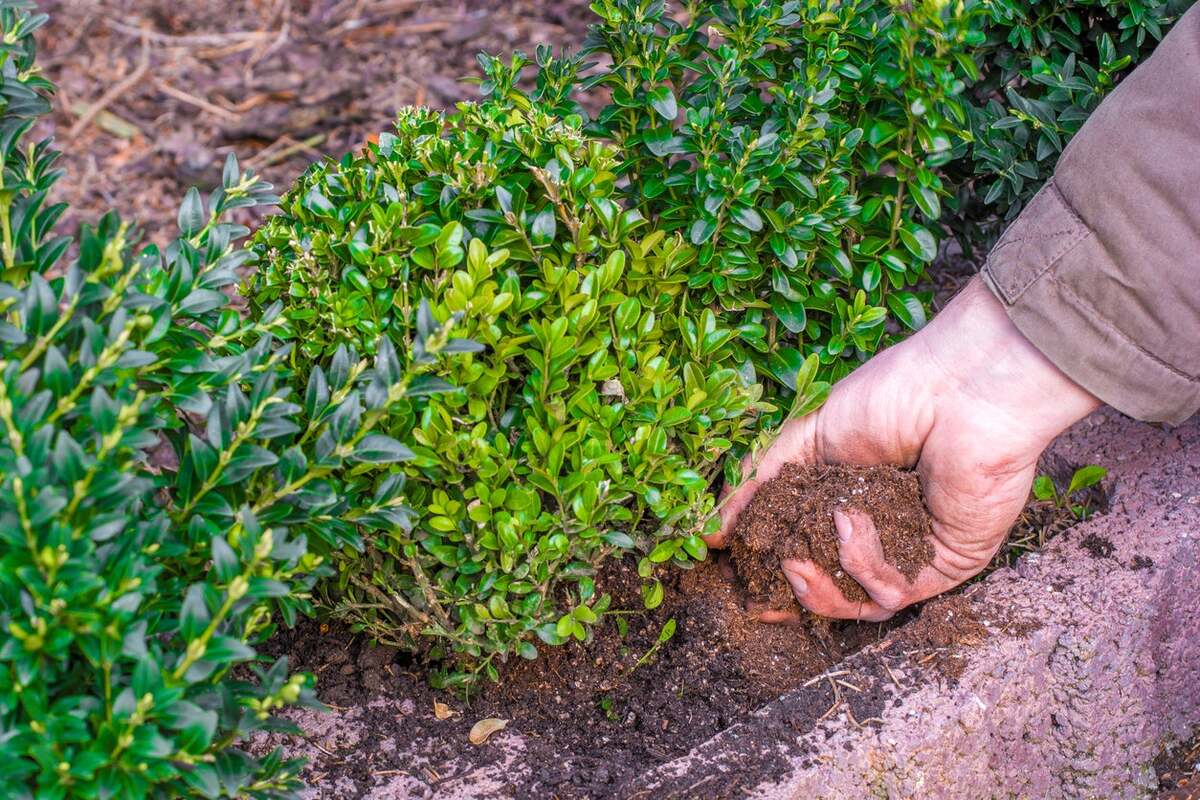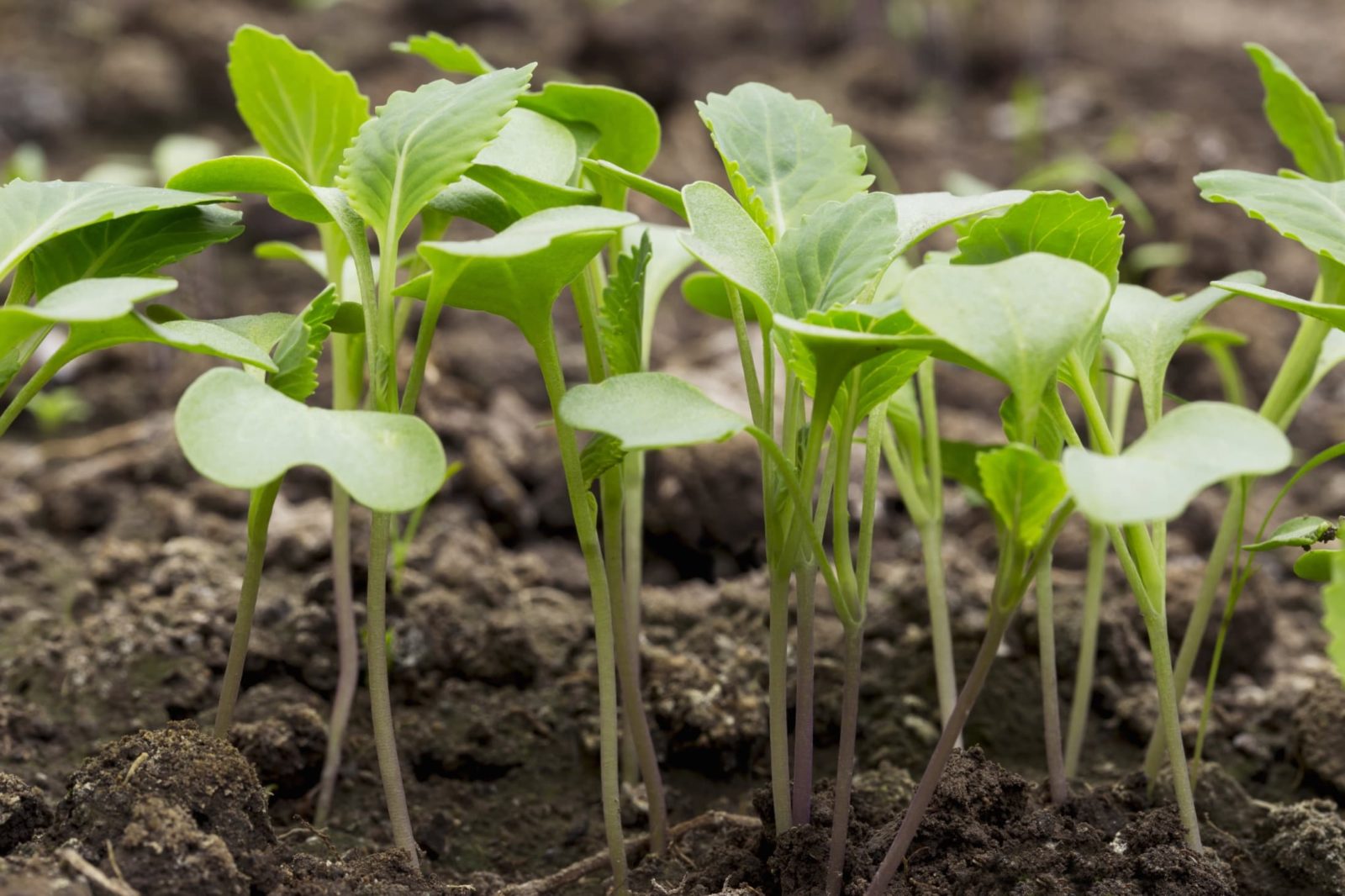Home>Types of Gardening>Ornamental Gardening>How Deep To Plant Gladiolus Bulbs


Ornamental Gardening
How Deep To Plant Gladiolus Bulbs
Modified: February 10, 2024
Learn the optimal depth for planting gladiolus bulbs in your ornamental gardening project. Enhance your garden with these beautiful flowers.
(Many of the links in this article redirect to a specific reviewed product. Your purchase of these products through affiliate links helps to generate commission for Chicagolandgardening.com, at no extra cost. Learn more)
Table of Contents
- Introduction
- Choosing the Right Depth for Planting Gladiolus Bulbs
- Importance of Planting Depth for Gladiolus Bulbs
- Factors to Consider when Determining Planting Depth
- Steps to Plant Gladiolus Bulbs at the Correct Depth
- Common Mistakes to Avoid when Planting Gladiolus Bulbs
- Frequently Asked Questions (FAQ) about Planting Gladiolus Bulbs
- Conclusion
Introduction
Welcome to the world of ornamental gardening! If you’re looking to add a touch of elegance and charm to your garden, then you’ve come to the right place. One of the most beloved flowers in the ornamental gardening world is the gladiolus. With its tall, graceful stems and vibrant blooms, it’s no wonder that gladiolus bulbs are a popular choice among gardening enthusiasts.
Before you dive headfirst into planting gladiolus bulbs, it’s important to understand the proper planting depth. The depth at which you plant your gladiolus bulbs can have a significant impact on their growth and overall success in your garden. In this article, we will delve into the factors to consider when determining the planting depth for gladiolus bulbs, the importance of getting it right, and the steps to ensure that your gladiolus bulbs are planted at the correct depth.
So, whether you’re a seasoned gardener or a beginner taking your first steps into the world of ornamental gardening, read on to discover the secrets of planting gladiolus bulbs at the perfect depth for stunning blooms that will leave you and your visitors in awe.
Choosing the Right Depth for Planting Gladiolus Bulbs
When it comes to planting gladiolus bulbs, getting the depth right is crucial for their overall health and growth. The ideal planting depth for gladiolus bulbs is typically around 4 to 6 inches deep. This ensures that the bulbs are adequately covered and provided with the necessary support to develop strong and sturdy stems.
Choosing the correct planting depth for your gladiolus bulbs depends on various factors, including the climate in your region, the type of soil you have, and the size of the bulbs themselves. In colder regions, it is recommended to plant the bulbs slightly deeper to help protect them from frost and freezing temperatures. Conversely, in warmer regions, you may opt for a slightly shallower planting depth to encourage earlier sprouting and blooming.
Another factor to consider when determining the planting depth is the size of the bulbs. Generally, larger bulbs should be planted slightly deeper than smaller ones. This allows for better stability and support as the stems grow taller and bear the weight of the blooms. However, be cautious not to plant the bulbs too deeply, as this can inhibit their emergence and growth.
It’s worth noting that gladiolus bulbs have a flat, disk-shaped bottom and a pointed top. When planting, ensure that the pointed end faces upwards, as this is where the new growth will emerge. Planting the bulbs upside down can lead to stunted growth or failure to thrive.
Overall, the key to choosing the right depth for planting gladiolus bulbs is to find a balance between providing adequate support and protection for the bulbs while allowing the shoots to emerge easily towards the sun. By considering your climate, soil type, bulb size, and proper orientation, you’re well on your way to ensuring successful growth and vibrant blooms for your gladiolus plants.
Importance of Planting Depth for Gladiolus Bulbs
The planting depth for gladiolus bulbs plays a crucial role in their overall health, development, and ultimate success in your garden. Here’s why getting the planting depth right is so important:
- Root Establishment: Planting gladiolus bulbs at the proper depth allows for adequate root establishment. This is critical for the plants to absorb water, nutrients, and establish a strong foundation for growth. If the bulbs are planted too shallow, the roots may not develop properly, leading to weak plants that are more susceptible to disease and other stresses.
- Stem Strength: The planting depth also affects the strength and stability of the gladiolus stems. Planting the bulbs too deep can result in weak and floppy stems, making the flowers prone to bending, breaking, or toppling over. On the other hand, planting them too shallow may not provide enough support for the stems to grow upright, leading to a messy and untidy appearance.
- Protection from Frost: In regions where frost and freezing temperatures are a concern, planting gladiolus bulbs at the correct depth helps protect them from potential damage. By burying the bulbs deeper in the soil, they are shielded from the freezing temperatures, which can cause them to rot or fail to sprout. This is particularly important during the fall when planting gladiolus bulbs for spring blooms.
- Promoting Flowering: Planting gladiolus bulbs at the right depth ensures that the shoots can easily emerge towards the sunlight. Sunlight is vital for photosynthesis and the production of energy, which is necessary for the plants to develop and bloom. Proper planting depth, along with good exposure to sunlight, can greatly enhance the flowering potential of your gladiolus plants.
By understanding the importance of planting depth for gladiolus bulbs, you can provide the optimal conditions for their growth and maximize their potential in your garden. Remember, the right depth not only encourages healthy root development and sturdy stems but also protects the bulbs from frost and promotes beautiful, vibrant blooms. Take the time to ensure that your gladiolus bulbs are planted at the correct depth, and you will be rewarded with a stunning display of color and elegance.
Factors to Consider when Determining Planting Depth
When it comes to determining the planting depth for gladiolus bulbs, there are several factors to take into consideration. These factors can help guide you in finding the optimal depth for successful growth and blooming. Here are the key factors to consider:
- Climate: The climate of your region is an important factor in determining the planting depth for gladiolus bulbs. In colder regions, it is advisable to plant the bulbs slightly deeper to protect them from frost and freezing temperatures. On the other hand, in warmer regions, a slightly shallower planting depth can encourage earlier sprouting and blooming. Consider the average temperatures and frost dates in your area to make an informed decision.
- Soil Type: The type of soil you have will also influence the planting depth. Well-draining soil is essential for the health of gladiolus bulbs, as they are prone to rotting in overly wet conditions. If you have heavy clay soil, it is recommended to plant the bulbs slightly shallower to prevent waterlogging. In sandy or loamy soil, you may need to plant the bulbs a bit deeper to provide more stability and support.
- Bulb Size: The size of the gladiolus bulbs is another factor to consider when determining planting depth. Larger bulbs generally require slightly deeper planting to provide better support as the stems grow taller. Smaller bulbs can be planted slightly shallower. However, it is important not to bury the bulbs too deep, as it can hinder their emergence and growth.
- Growth Habit: Consider the natural growth habit of gladiolus plants when determining planting depth. Gladiolus bulbs produce tall stems that bear the weight of the blooms. Planting at the appropriate depth ensures that the stems have enough support to grow upright and reduces the risk of them bending or breaking under the weight of the flowers.
- Desired Blooming Time: If you have a specific blooming time in mind, the planting depth can be adjusted accordingly. Planting bulbs slightly deeper can delay flowering, while shallow planting can promote earlier blooming. Keep in mind that gladiolus bulbs have an estimated time to maturity, and adjusting the planting depth can help align their blooming with your desired schedule.
By taking these factors into consideration, you can determine the optimal planting depth for your gladiolus bulbs. Remember that each garden is unique, and experimenting with different planting depths may be necessary to find the perfect balance for your specific conditions and goals. Pay close attention to the climate, soil type, bulb size, growth habit, and desired blooming time to ensure the best possible results for your gladiolus plants.
Steps to Plant Gladiolus Bulbs at the Correct Depth
Now that you have a good understanding of the factors to consider, let’s walk through the steps to plant gladiolus bulbs at the correct depth:
- Choose the Right Location: Select a sunny spot in your garden that receives at least 6-8 hours of direct sunlight each day. Gladiolus bulbs thrive in well-draining soil, so ensure the area has good drainage to prevent waterlogging.
- Prepare the Soil: Before planting, prepare the soil by removing any weeds or debris. Loosen the soil to a depth of around 8-10 inches using a garden fork or tiller. This will create a loose and friable soil texture for the bulbs to establish their roots.
- Determine the Planting Depth: Consider the factors mentioned earlier to determine the appropriate planting depth for your gladiolus bulbs. Aim for a depth of 4 to 6 inches, measuring from the base of the bulb to the soil surface.
- Dig the Planting Holes: Use a garden trowel or bulb planter to dig individual holes for each gladiolus bulb. Make the holes wide and deep enough to accommodate the bulbs while maintaining the desired planting depth.
- Place the Bulbs: Position the gladiolus bulbs in the planting holes with the pointed ends facing upward. Ensure that the bulbs are not crowded and have enough space between them to grow and spread. If you are planting multiple rows, maintain a spacing of about 6 inches between the rows.
- Backfill and Protect: Carefully backfill the holes with the soil, gently firming it around the bulbs to provide support. Avoid compacting the soil too much, as this can hinder root growth. If frost is a concern, consider using a protective mulch layer over the planting area to shield the bulbs from potential damage.
- Water and Maintain: After planting, thoroughly water the area to settle the soil and initiate the growth process. Throughout the growing season, ensure that the soil remains moist but not waterlogged. Water regularly, especially during dry spells, and monitor for any signs of pests or diseases that may require attention.
- Supporting the Stems: As the gladiolus stems emerge and grow, it is important to provide support to prevent them from bending or breaking. Use stakes or a trellis system to gently tie and secure the stems, keeping them upright and enhancing the overall appearance of your gladiolus plants.
By following these simple steps, you can plant your gladiolus bulbs at the correct depth and provide them with the necessary conditions for healthy growth and stunning blooms. Remember to tailor the planting depth to your specific climate, soil type, bulb size, and desired blooming time. With proper care and maintenance, you will be rewarded with a beautiful display of colorful gladiolus flowers in your garden.
Common Mistakes to Avoid when Planting Gladiolus Bulbs
While planting gladiolus bulbs is generally a straightforward process, there are a few common mistakes that gardeners often make. By avoiding these mistakes, you can ensure the best possible results for your gladiolus plants. Here are some common mistakes to watch out for:
- Planting Too Shallow: One of the most common mistakes is planting gladiolus bulbs too shallow. If the bulbs are not planted deep enough, they may not receive adequate support and stability, leading to weak stems and floppy plants. Aim for a planting depth of 4 to 6 inches to provide appropriate anchorage while allowing the shoots to emerge easily towards the sunlight.
- Planting Too Deep: On the other end of the spectrum, planting gladiolus bulbs too deep can also hinder their growth and blooming. If the bulbs are buried too deeply, it becomes difficult for the shoots to emerge, resulting in delayed or stunted growth. The pointed end of the bulb should be facing upward and planted at the recommended depth for optimal results.
- Crowding the Bulbs: Another mistake to avoid is crowding the gladiolus bulbs too close together. Planting bulbs in tight spaces can impede their growth and airflow, increasing the risk of disease and inhibiting proper development. Allow enough space between the bulbs, typically 6 inches apart, to provide room for them to grow and spread.
- Ignoring Soil Drainage: Gladiolus bulbs require well-draining soil to thrive. Planting them in soil that retains excessive moisture can lead to the bulbs rotting or developing fungal diseases. It is important to improve soil drainage by incorporating organic matter or using raised beds in areas with heavy clay soil. Additionally, avoid overwatering, as this can also contribute to waterlogged soil conditions.
- Planting at the Wrong Time: Timing is crucial when it comes to planting gladiolus bulbs. Planting them too early or too late in the season can result in poor growth or no blooms at all. Plant gladiolus bulbs after the threat of frost has passed and the soil has warmed up. In most regions, this is typically in spring. Late spring or early summer is the ideal time to plant for a stunning display of summer blooms.
- Neglecting Support: Gladiolus plants have tall, slender stems that can easily bend or break under the weight of their blooms. Neglecting to provide proper support, such as stakes or a trellis system, can lead to a messy and unkempt appearance. Support the stems as they grow to keep them upright and enhance the aesthetic appeal of your gladiolus plants.
By avoiding these common mistakes, you can set your gladiolus bulbs up for success. Planting at the correct depth, providing adequate space, ensuring good soil drainage, timing the planting correctly, and supporting the stems will help your gladiolus plants thrive and produce stunning, vibrant blooms in your garden.
Frequently Asked Questions (FAQ) about Planting Gladiolus Bulbs
Here are some frequently asked questions about planting gladiolus bulbs:
- When is the best time to plant gladiolus bulbs?
- Can I plant gladiolus bulbs in containers?
- How often should I water gladiolus bulbs?
- Do gladiolus bulbs need full sun?
- Can I replant gladiolus bulbs year after year?
- Can I cut gladiolus flowers for floral arrangements?
The best time to plant gladiolus bulbs is in late spring or early summer, after the threat of frost has passed and the soil has warmed up.
Absolutely! Gladiolus bulbs can be planted in containers as long as the container has good drainage and is large enough to accommodate the bulb. Choose a well-draining potting mix and follow the same planting depth guidelines as planting in the ground.
Water the gladiolus bulbs immediately after planting to settle the soil. Throughout the growing season, keep the soil consistently moist but not waterlogged. Water deeply whenever the top inch of soil feels dry, especially during dry spells.
Yes, gladiolus bulbs thrive in full sun. They require at least 6-8 hours of direct sunlight each day for optimal growth and blooming.
Yes, gladiolus bulbs can be replanted year after year. However, they may benefit from digging up and dividing every few years, as overcrowded bulbs can lead to reduced vigor and blooming. Make sure to store the bulbs properly in a cool, dry place between planting seasons.
Absolutely! Gladiolus flowers are stunning in floral arrangements. Cut the stems when about half of the buds on the spike have opened. To encourage continued blooming, leave a few lower buds on the stem to develop.
These are just a few of the many questions that gardeners often ask when it comes to planting gladiolus bulbs. If you have any additional questions, don’t hesitate to reach out to your local garden center or horticulture experts for personalized advice and guidance.
Conclusion
Planting gladiolus bulbs at the correct depth is crucial for their successful growth and blooming in your garden. By considering factors such as climate, soil type, bulb size, growth habit, and desired blooming time, you can determine the optimal planting depth for your gladiolus bulbs.
Choosing the right depth for planting gladiolus bulbs ensures proper root establishment, sturdy stem growth, protection from frost, and encourages beautiful, vibrant blooms. Avoid common mistakes such as planting too shallow or too deep, crowding the bulbs, neglecting soil drainage, planting at the wrong time, and skipping proper support for the stems.
Follow the steps of choosing the right location, preparing the soil, determining the planting depth, placing the bulbs, backfilling and protecting, watering and maintaining, and providing support to the stems. By doing so, you can create an optimal environment for your gladiolus bulbs to thrive and reward you with a stunning display of color and elegance.
If you have any questions or need further assistance, don’t hesitate to reach out to local garden centers or horticulture experts who can provide personalized guidance for your specific gardening needs.
So, go ahead and plant your gladiolus bulbs with confidence, enjoy the process of nurturing them, and anticipate the joy of witnessing their extraordinary beauty grace your garden.






